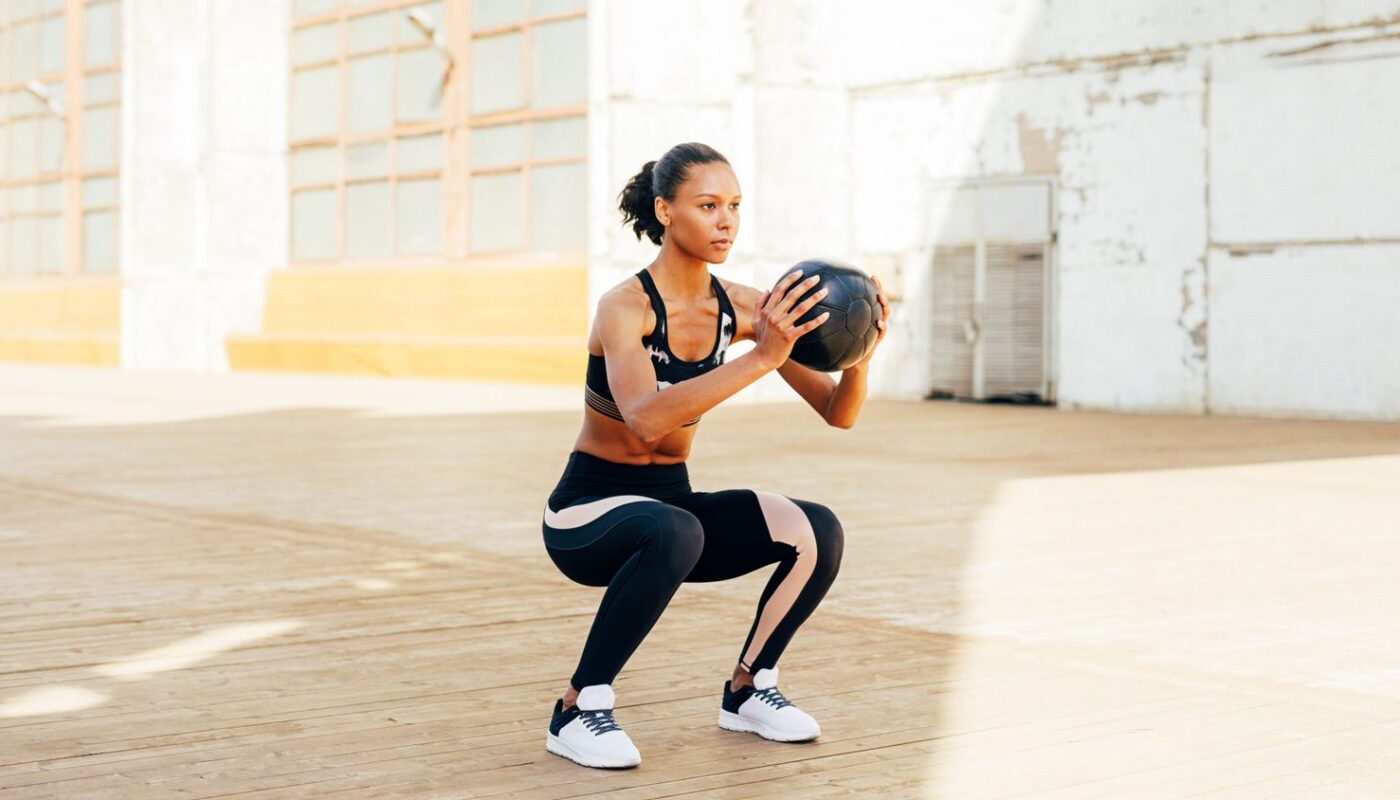Why Bodyweight Workouts?
Bodyweight training harnesses your own mass as resistance, engaging multiple muscle groups and joints simultaneously. This “functional” approach mimics real‑life movements—improving balance, coordination, and core stability—while reducing injury risk by eliminating heavy equipment. Research shows that even brief, controlled bodyweight sessions can boost strength, endurance, and metabolic health across age groups and fitness levels.
Moreover, bodyweight workouts are inherently adaptable. By adjusting tempo, range of motion, and rest intervals, you can scale each exercise from gentle, rehabilitative movements to more intense, calorie‑burning routines. This versatility makes them ideal for:
- Absolute beginners who need low‑impact introductions.
- Busy professionals fitting quick sessions into tight schedules.
- Travelers without access to gyms or equipment.
- Older adults seeking to maintain muscle mass safely.
Warm‑Up (5–7 Minutes)
A proper warm‑up primes your muscles, raises heart rate, and enhances joint mobility, reducing injury risk. Perform each movement for 30–45 seconds:
- Marching in Place – Lift knees high, swing arms.
- Arm Circles – Forward/backward, small to large.
- Leg Swings – Front-to-back and side-to-side, holding a wall for balance.
- Hip Circles – Hands on hips, rotate slowly in each direction.
- Torso Twists – Feet hip‑width, rotate gently side to side.
1. Chair Squats (Lower Body, All Levels)
Why it works: Chair squats build foundational leg strength and reinforce proper squat mechanics. By using a chair as a depth guide, beginners learn to sit hips back and maintain neutral spine alignment.
How to perform:
- Stand in front of a sturdy chair, feet shoulder‑width apart.
- Hinge at hips, bend knees, and lower your glutes to lightly touch the chair seat.
- Keep chest lifted and weight in heels.
- Press through heels to stand back up.
- Repeat 10–15 reps; 2–3 sets.
Modifications:
- Easier: Use a higher surface (e.g., countertop).
- Harder: Pause 2 seconds at the bottom or perform single‑leg box squats.
2. Incline Push‑Ups (Upper Body, Scalable)
Why it works: Incline push‑ups reduce the load on shoulders and wrists, allowing beginners to develop pressing strength and core stability before progressing to floor push‑ups.
How to perform:
- Place hands on a stable surface (table, countertop) slightly wider than shoulder‑width.
- Step feet back, body forming a straight line from head to heels.
- Lower chest toward the surface, keeping elbows at ~45°.
- Push back up to start.
- Complete 8–12 reps; 2–3 sets.
Modifications:
- Easier: Use a higher surface (wall push‑ups).
- Harder: Lower the surface height progressively until reaching the floor.
3. Bird‑Dog (Core & Balance)
Why it works: Bird‑dog targets the entire posterior chain—lower back, glutes, and shoulders—while challenging balance and anti‑rotational core control.
How to perform:
- Start on hands and knees (tabletop), wrists under shoulders, knees under hips.
- Extend right arm forward and left leg back simultaneously, keeping hips and shoulders square.
- Hold for 2–3 seconds, then return.
- Alternate sides for 8–10 reps each; 2–3 sets.
Modifications:
- Easier: Perform only arm or leg extensions separately.
- Harder: Add a 2‑second pulse at full extension.
4. Glute Bridges (Posterior Chain)
Why it works: Bridges isolate glutes and hamstrings, improving hip extension strength critical for daily activities and athletic movements.
How to perform:
- Lie on your back, knees bent, feet hip‑width on the floor.
- Engage core, squeeze glutes, and lift hips until body forms a straight line from shoulders to knees.
- Pause at the top, then lower with control.
- Do 12–15 reps; 2–3 sets.
Modifications:
- Easier: Perform with feet closer to hips.
- Harder: Single‑leg bridge or place heels on an elevated surface.
5. Plank Variations (Core Stability)
Why it works: Planks engage the entire core—including transverse abdominis, obliques, and lower back—promoting spinal stability and posture.
How to perform basic plank:
- Forearms on the floor, elbows under shoulders, toes tucked.
- Keep body in a straight line, core braced.
- Hold 20–30 seconds; 2–3 rounds.
Variations:
- Easier: Drop to knees while maintaining a straight torso.
- Harder: Side planks, plank with alternating shoulder taps, or plank to downward dog transitions.
6. Step‑Back Lunges (Lower Body, Dynamic)
Why it works: Lunges improve unilateral leg strength, balance, and hip mobility—essential for functional movement patterns.
How to perform:
- Stand tall, feet hip‑width.
- Step one foot back into a reverse lunge, bending both knees to ~90°.
- Keep front knee aligned over ankle.
- Push through front heel to return.
- Alternate sides for 8–12 reps each; 2–3 sets.
Modifications:
- Easier: Hold onto a wall or chair for balance.
- Harder: Add a knee drive at the top or perform walking lunges.
7. Wall Sits (Isometric Leg Endurance)
Why it works: Wall sits build static endurance in quads and glutes without joint impact—perfect for those new to dynamic leg movements.
How to perform:
- Lean against a wall, slide down until thighs are parallel to the floor.
- Keep knees above ankles and back flat.
- Hold 30–45 seconds; 2–3 rounds.
Modifications:
- Easier: Don’t lower as deeply.
- Harder: Extend one leg straight and switch mid‑hold.
8. Superman (Lower Back & Posterior Chain)
Why it works: The Superman exercise strengthens the lower back, glutes, and shoulders, counteracting the flexed posture many develop from sitting.
How to perform:
- Lie face‑down on the floor, arms extended overhead.
- Simultaneously lift arms, chest, and legs off the ground.
- Hold 2–3 seconds, then lower.
- Perform 10–12 reps; 2–3 sets.
Modifications:
- Easier: Lift arms and chest only.
- Harder: Hold light household items in hands for added resistance.
9. Reverse Plank (Posterior Chain & Core)
Why it works: Reverse planks target hamstrings, glutes, lower back, and posterior shoulder stabilizers—often neglected in anterior‑focused routines.
How to perform:
- Sit with legs extended, hands behind hips, fingers pointing forward.
- Lift hips, forming a straight line from head to heels.
- Keep shoulders down and core tight.
- Hold 20–30 seconds; 2–3 rounds.
Modifications:
- Easier: Bend knees so feet are flat on the floor.
- Harder: Extend one leg upward while holding.
10. Dynamic Marching Hip Opener (Mobility & Cardio)
Why it works: This move combines dynamic hip flexor stretches with light cardio, improving mobility and gently raising heart rate—a great finisher or active recovery.
How to perform:
- Stand tall, feet hip‑width.
- Lift right knee toward chest, grab shin, and gently pull in.
- Release, place foot down, and immediately switch to left side—marching rhythmically.
- Continue for 45–60 seconds; 2–3 rounds.
Modifications:
- Easier: Perform slower with no marching rhythm.
- Harder: Add arm swings or small hops for a mini‑cardio blast.
Cool‑Down & Stretching (5–7 Minutes)
Finish with gentle stretches to promote flexibility and recovery:
- Hamstring Stretch – Seated or standing, hinge at hips.
- Quad Stretch – Standing, pull one foot toward glutes.
- Chest Opener – Clasp hands behind back, lift chest.
- Child’s Pose – Kneel, sit back on heels, reach arms forward.
- Spinal Twist – Lying supine, knees to one side.
Hold each stretch 20–30 seconds, breathing deeply.
Programming Tips for All Body Types
- Frequency: Aim for 3–5 sessions per week, mixing workouts and active recovery days.
- Progression: Increase reps, sets, or decrease rest as you grow stronger.
- Listening to Your Body: If an exercise causes pain (beyond normal muscle fatigue), regress or swap for a different movement.
- Nutrition & Hydration: Support workouts with balanced meals and ample water—especially important for joint health and recovery.
- Consistency Over Intensity: Small, regular efforts yield greater long‑term gains than sporadic, intense bursts.
Conclusion
No gym? No problem. These ten beginner‑friendly, no‑equipment workouts deliver comprehensive strength, mobility, and endurance benefits for all body types. By emphasizing proper form, scalable variations, and balanced programming, you can build a sustainable fitness habit right at home—or anywhere life takes you. Start today, stay consistent, and watch your body transform—one rep at a time.



